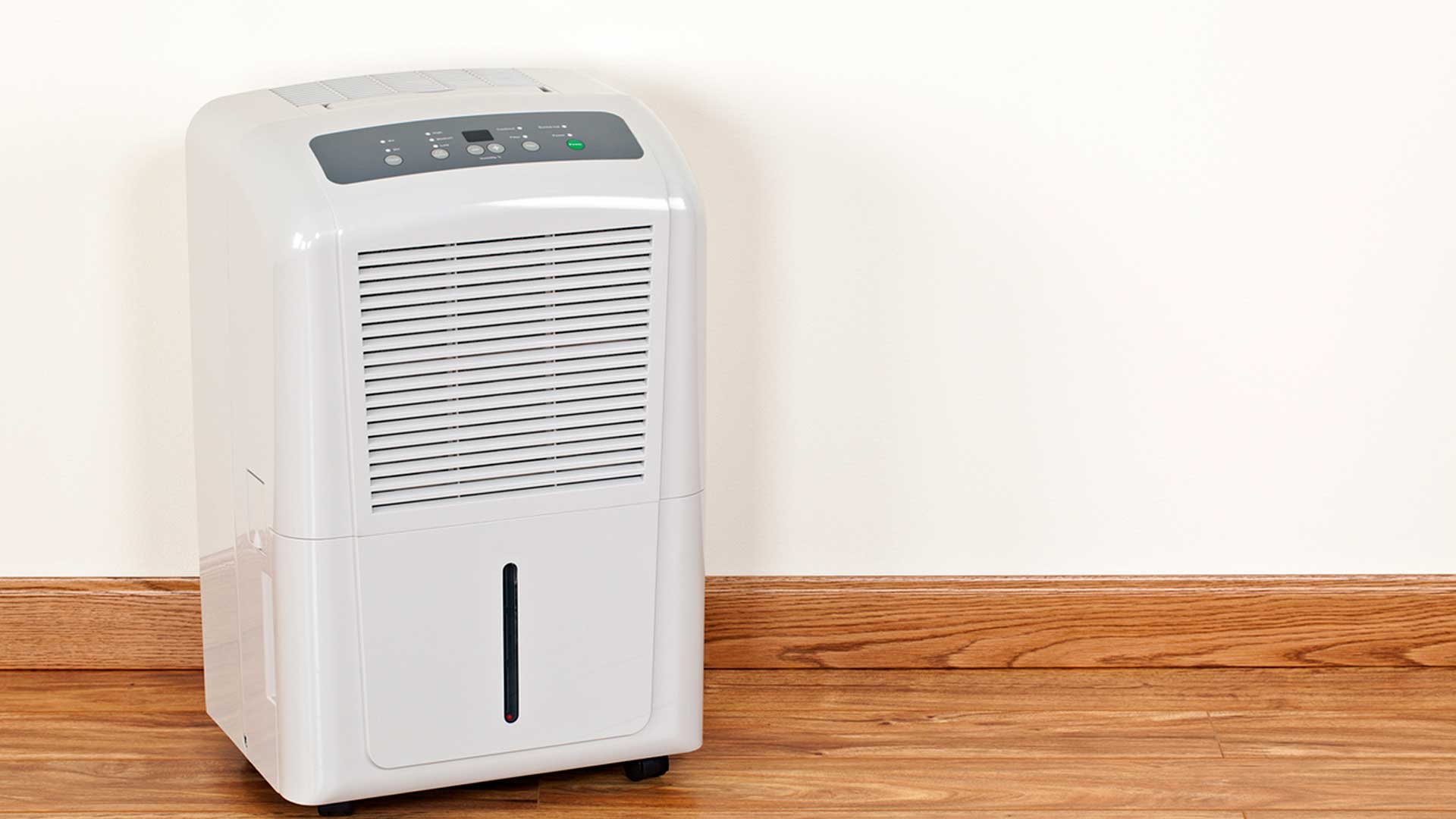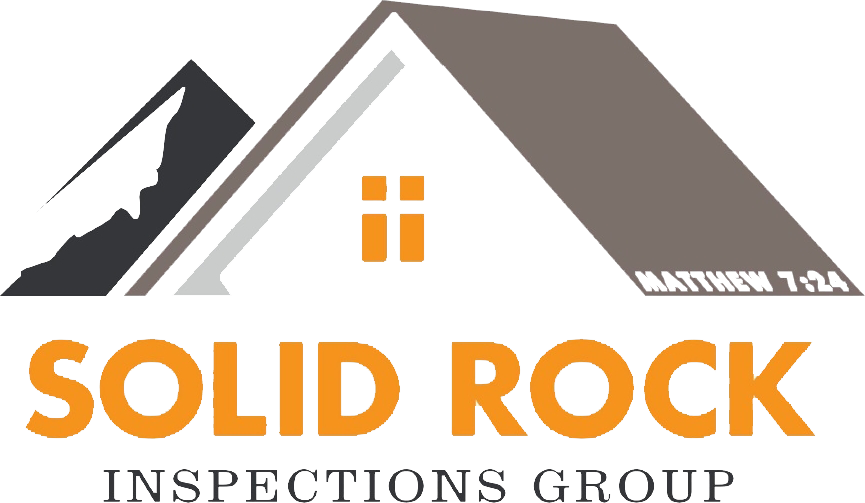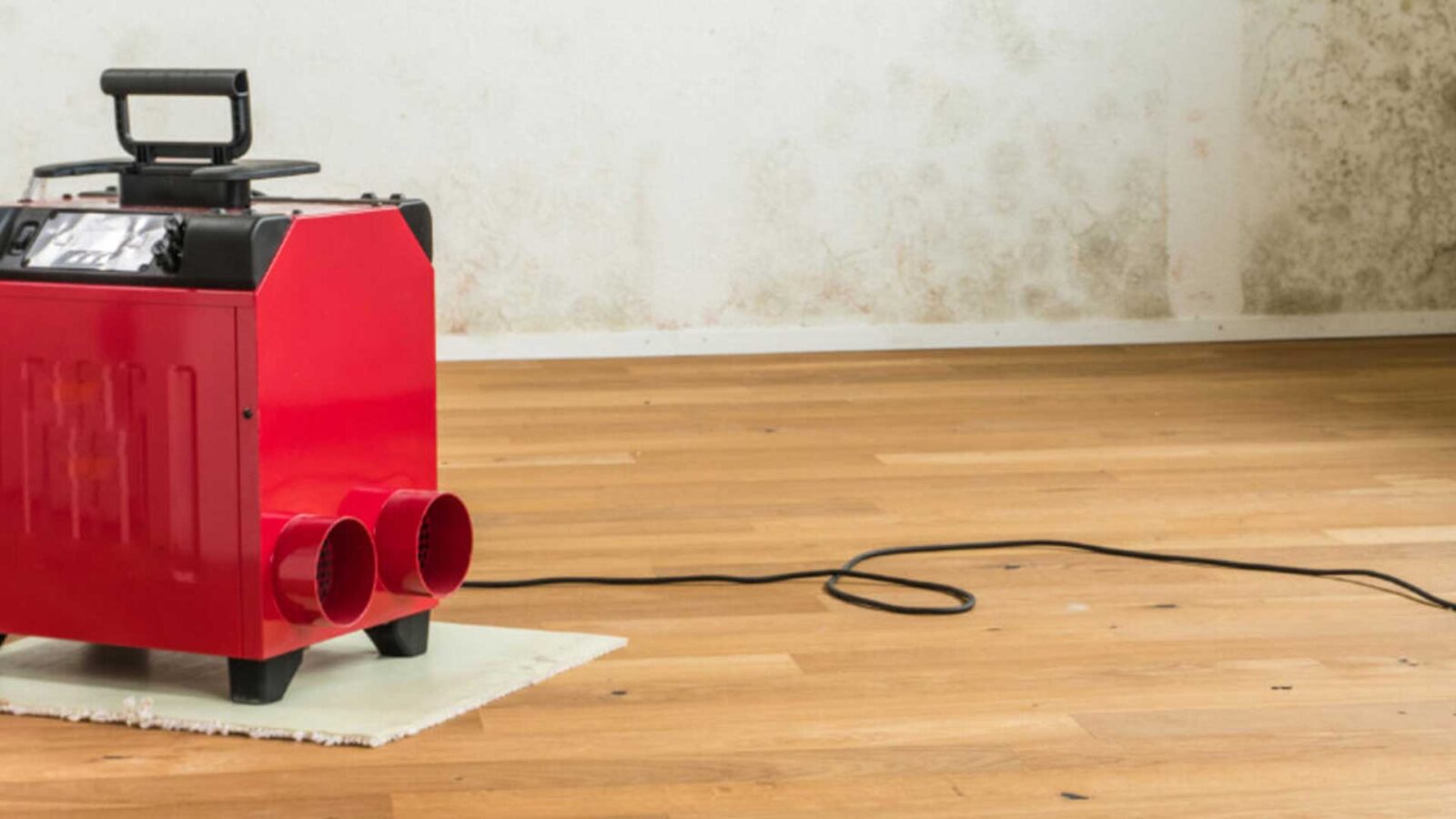Sitting on your lanai and enjoying the ocean breeze is one of the best parts about living in Tampa Bay. Unfortunately, all that humidity, along with Florida storms, also means mold has the perfect environment to grow in your home. Have you noticed spots of mold appearing more often, or musty smells that just won't go away? It's time to consider getting a dehumidifier. A dehumidifier can help lower humidity levels to stop mold growth and prevent its return. In this guide, we'll walk you through how dehumidifiers work to control humidity and kill mold, how to choose the right size dehumidifier for your home, and tips for using it effectively in the Florida climate.
How Humidity Causes Mold Growth in Florida Homes
Florida's hot and humid climate makes it a perfect breeding ground for mold. The moisture in the air condenses on cold surfaces in your home, providing the damp conditions mold needs to grow.
How Humidity Causes Mold Growth
High humidity means the air in your home contains a lot of moisture. When this damp air hits cooler areas like the inside of exterior walls, the water vapor condenses into liquid water. This contributes to standing water or damp areas where mold colonies can form and spread.
Mold spores are everywhere and once they come into contact with moisture, they activate and start digesting whatever they're growing on to survive and multiply. Within 48 hours of getting wet, mold can start actively growing and damaging your home.
The higher the humidity, the more mold growth. Most experts recommend keeping indoor humidity below 50% to prevent issues. Dehumidifiers work by removing excess moisture from the air to reach an ideal humidity level. They pull the damp air in, cool it so the water condenses, collect the water in a tank or drain it away, and then pump the now dry air back into your home.
By lowering indoor humidity with a dehumidifier, you make your home less habitable for mold and mildew. Dehumidifiers may not kill existing mold outright, but they do eliminate the moisture mold needs to grow and spread, effectively controlling it and preventing future issues. For the hot and damp Tampa Bay area, dehumidifiers can be an essential appliance for any homeowner concerned about mold.
How A Dehumidifier Works to Control Humidity
A dehumidifier works by drawing humid air over cold coils to condense the water vapor into water droplets which then drip into a collection tank.
To understand how dehumidifiers reduce humidity, it helps to first get familiar with relative humidity. Relative humidity refers to the amount of moisture in the air compared to the maximum amount of moisture the air can hold at a given temperature. Warm air can hold more moisture than cold air.
So here in Tampa Bay, Florida, dehumidifiers are effective because as the warm, moist air passes over the cold dehumidifier coils, it chills the air. The now cooler air cannot hold as much moisture, so the excess condenses into water that drips into the unit's tank. By removing moisture from the air, the relative humidity drops to a lower, more comfortable level in your home.
Many dehumidifiers also have built-in humidistats that allow you to set your desired humidity level. The unit will then run automatically to maintain that level. For mold prevention in Florida, aim for keeping relative humidity below 50% for the best results.
Some key things to consider are the unit's pint capacity for the space you need to dehumidify, as well as any additional features like an auto-shutoff when the tank is full or a pump to automatically drain the collected water. Proper maintenance like cleaning filters and coils will also help your dehumidifier run as efficiently as possible to control humidity and help curb mold growth in your home.
Choosing the Best Dehumidifier for Mold Prevention
Choosing a dehumidifier specifically designed to control mold and moisture in humid climates like Florida is key. The higher the pint capacity, the more water it can remove from the air in 24 hours. For the average Florida home, look for a minimum 50-pint model.
Size and Portability
Think about the square footage of your space and look for a dehumidifier that can handle it. For whole house use or an open floor plan, you'll want at least a 70-pint model. If you only need it for a single room, a smaller 30-40 pint option can work. Consider a unit with built-in wheels and handles for easy moving between areas.
Pump or Gravity Drain
If you want truly hands-free and low-maintenance operation, choose a model with an internal condensate pump that can pump the water directly to a drain. Otherwise, you'll need to manually empty the water tank when full. A gravity drain option lets you run a hose to a floor drain or sump pump.
Advanced Features
Look for extras like a built-in humidistat to automatically turn on/off when humidity rises above set levels. An auto-restart will turn the unit back on after a power outage. Timers, air filters and fans are useful. Ionizers and UV lights can help reduce airborne mold spores and bacteria.
Energy Efficiency
Compare the energy usage of different models based on kilowatt hours (kWh). More efficient units will cost less to run continuously. Look for an Energy Star rating and those with eco-friendly refrigerants.
Using a heavy-duty dehumidifier, combined with keeping indoor humidity below 50%, is one of the best ways for Florida homeowners to curb mold growth. Run it continuously in problem areas and empty/maintain it regularly. Combined with other tips like improving ventilation, fixing any leaks, and cleaning existing mold, you'll be well on your way to a drier, healthier home environment.

Proper Use of A Dehumidifier for Maximum Mold Protection
To properly use a dehumidifier for maximum mold prevention in Florida, there are a few key things to keep in mind.
Placement
Place the dehumidifier in the dampest area of your home, like the basement or crawlspace. Run it continuously for the best results, especially in summer when humidity is highest. For whole-house coverage, you may need multiple units. Make sure there is enough space around the dehumidifier for air flow.
Capacity
Choose a dehumidifier rated for at least 30 to 50 pints per day for an average-sized home. The higher the capacity, the more moisture it can remove. For severe mold problems, a heavy-duty 70-pint or higher commercial dehumidifier is best.
Settings
Set the dehumidifier to your target humidity level, around 50 to 55% for Florida. Use a hygrometer to monitor the humidity and adjust as needed. The dehumidifier will run automatically to maintain this level. Lower settings, around 45%, provide even better mold prevention but can be overly drying for some.
Drainage
For continuous operation, connect a hose to drain the dehumidifier automatically. Otherwise, check the tank regularly and empty when full. Make sure the hose has a downward slope to properly drain the water.
Maintenance
Clean the dehumidifier filter monthly and replace once a season. Vacuum the air intake and outlet vents. Have the unit serviced by a professional once a year to check refrigerant levels and ensure maximum efficiency.
Used properly, a dehumidifier can significantly cut down on excess moisture and mold growth in your Florida home. By controlling humidity levels, reducing damp spots, and improving air circulation, dehumidifiers create an inhospitable environment for mold and mildew to thrive. Staying on top of placement, capacity, settings, drainage, and maintenance will help ensure your dehumidifier is working optimally to prevent mold year-round.
When To Call A Professional To Test For Mold
At some point, if you start to notice signs of mold in your Florida home like musty smells, water damage, or visible mold spots, it’s a good idea to call a professional to test your home for mold. Likewise, it is a good idea to get a mold test after a large storm in Florida. At Solid Rock Inspections Group, our experts know what to look for and has the cutting edge equipment to detect mold that may be hiding in less obvious places. Call Solid Rock Inspections Group at (727) 386-8627 or contact us on our website here.

